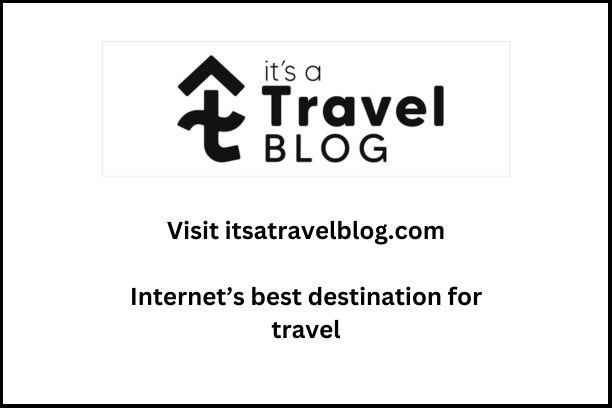
When It Occurs
Annually Last Thursday of June
Official Website
Timeline
Days Passed (837)
# Hashtags
#NationalHandshakeDay #MeetAndGreet
Every last Thursday of June, people nationwide observe National Handshake Day, honoring this ancient form of greeting. The exact origin of the handshake remains elusive, potentially predating written records as a non-verbal mode of communication. Some theories propose that medieval knights, Roman soldiers, and others carrying weapons utilized it to inspect for concealed daggers, grasping each other's forearms in greeting.
History and Origins of National Handshake Day
National Handshake Day was created by Brooke B. Collins, the founder of Brody Professional Development, to encourage people to reflect on the significance of the handshake in both professional and personal contexts. It aims to remind people of the value of a firm and friendly handshake, particularly in the realms of business, networking, and first impressions.
The Cultural Significance of the Handshake
The handshake has long been a symbol of mutual respect and agreement. Its roots can be traced back to ancient times:
- Ancient Greece: The handshake appeared in Greek art, signifying friendship and peaceful interaction. It was also a gesture of good faith, demonstrating that neither party carried weapons.
- Middle Ages: Knights would shake hands to prove that their right hands were not holding any weapons, further promoting the idea of trust and security.
- Modern Times: Today, the handshake is widely used in business settings, as a greeting, or to seal agreements. A firm handshake is often seen as a sign of confidence and professionalism.
Etiquette of a Good Handshake
A good handshake involves a balance of firmness, eye contact, and timing. Here are a few tips for perfecting your handshake:
- Firm but not overpowering: Your grip should be strong enough to convey confidence, but not so tight that it becomes uncomfortable.
- Duration: A handshake should last about 2 to 3 seconds. Holding on for too long can make things awkward, while too short of a shake might come across as insincere.
- Eye contact and smile: Make eye contact with the person and smile while shaking hands. This conveys warmth, trust, and openness.
- Palm-to-palm contact: Ensure full contact between the palms of both hands. A limp or "dead fish" handshake can leave a negative impression.
- Hand hygiene: Clean hands are crucial, especially in professional settings. In the wake of the COVID-19 pandemic, many people have become more conscious of hygiene, leading to alternatives like fist bumps or elbow bumps.
Impact of COVID-19 on Handshakes
The COVID-19 pandemic dramatically reduced the frequency of handshakes, as people sought to minimize physical contact to prevent the spread of the virus. During this time, many individuals and businesses adopted alternatives like the elbow bump, wave, or even a virtual handshake during online meetings. While handshakes have slowly returned in some regions, there is now greater awareness of personal space and hygiene. However, National Handshake Day remains a symbol of connection and positive human interaction.
How to Celebrate National Handshake Day
There are several ways to acknowledge and celebrate this day:
- Practice your handshake: Whether you're attending a meeting, a networking event, or just greeting a friend, take the opportunity to perfect your handshake.
- Educate others: Share the importance of a good handshake with colleagues or students, especially those entering the job market where first impressions are crucial.
- Reflect on social interactions: Use this day to think about how gestures like the handshake play an important role in personal and professional relationships.
- Organize a handshake competition: In workplaces or social groups, organize a friendly competition to see who can deliver the best handshake.
- Learn alternative greetings: With the increased focus on personal safety and hygiene, you can also use this day to explore alternative ways to greet people that convey the same sense of trust and respect without physical contact.
Handshakes Around the World
While the handshake is common across many cultures, it can vary depending on where you are:
- United States and Western Europe: A firm handshake with direct eye contact is the norm, especially in business settings.
- Asia: In countries like Japan, handshakes may be softer and accompanied by a slight bow as a sign of respect.
- Middle East: In some cultures, men may greet each other with a handshake and an embrace, while it may be inappropriate to shake hands with women unless they initiate the gesture.
- Latin America: A handshake is often accompanied by a warm smile or even a hug, depending on the level of familiarity.
Fun Facts About Handshakes
- The longest handshake on record took place in 2011 in New York City, lasting over 42 hours between two men who were aiming to set a world record.
- The tradition of shaking with the right hand stems from historical reasons where the right hand was the dominant hand used for weapons, so extending it showed peaceful intentions.
- In the business world, a handshake can make or break a first impression—studies show that a good handshake leaves a stronger impact than a verbal introduction.
Conclusion
National Handshake Day is an opportunity to celebrate and reflect on this simple yet meaningful gesture of connection. Whether you're closing a deal, meeting someone for the first time, or just greeting a friend, a well-executed handshake can leave a lasting positive impression. While modern concerns about hygiene may shape how often handshakes are used today, the values of trust, respect, and friendliness that it represents remain timeless.


